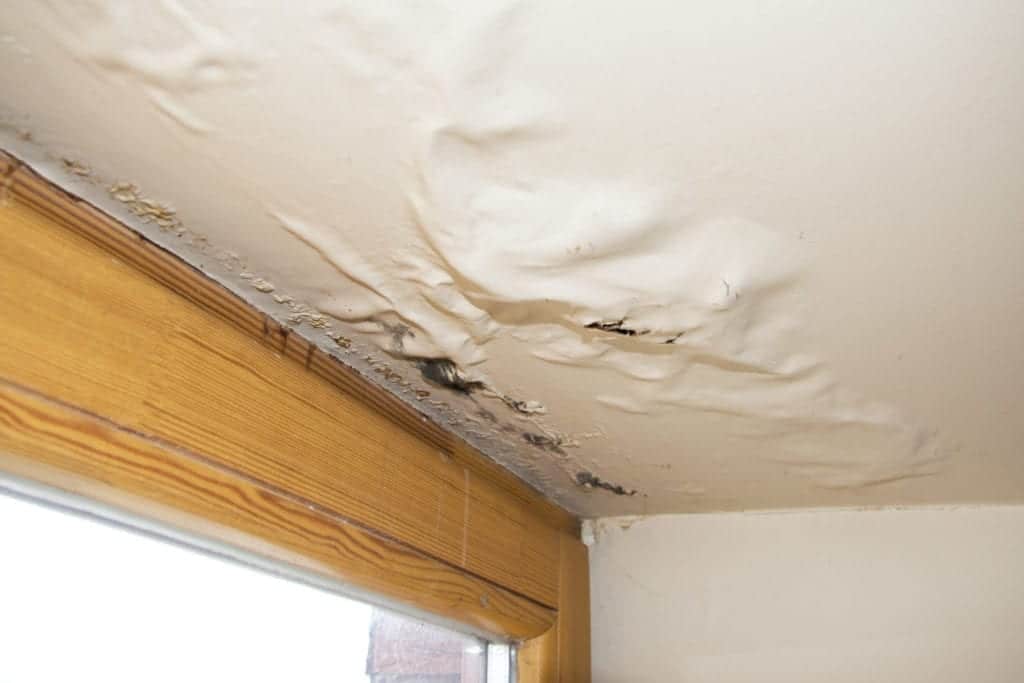Uncover Concealed Water Line Leaks: 6 Tested Techniques for Detecting
Uncover Concealed Water Line Leaks: 6 Tested Techniques for Detecting
Blog Article
Everybody is bound to have their own unique rationale with regards to Locating water leaks.

Early detection of dripping water lines can alleviate a potential calamity. Some small water leaks might not be visible.
1. Check Out the Water Meter
Inspecting it is a guaranteed way that helps you uncover leakages. If it moves, that indicates a fast-moving leakage. This indicates you might have a sluggish leak that can even be underground.
2. Examine Water Usage
If you detect unexpected changes, in spite of your consumption being the exact same, it means that you have leakages in your plumbing system. A sudden spike in your expense shows a fast-moving leakage.
On the other hand, a stable rise on a monthly basis, despite the very same practices, reveals you have a slow-moving leakage that's also gradually rising. Call a plumber to completely inspect your residential or commercial property, particularly if you really feel a cozy area on your floor with piping beneath.
3. Do a Food Coloring Test
30% comes from toilets when it comes to water usage. Test to see if they are running appropriately. Drop specks of food shade in the tank as well as wait 10 mins. If the color in some way infiltrates your dish during that time without flushing, there's a leak in between the container and bowl.
4. Asses Outside Lines
Do not fail to remember to check your exterior water lines as well. Ought to water permeate out of the connection, you have a loosened rubber gasket. One small leak can throw away tons of water and increase your water expense.
5. Examine the situation and also examine
Property owners need to make it a behavior to inspect under the sink counters as well as even inside closets for any type of bad odor or mold development. These two red flags show a leakage so punctual attention is required. Doing regular assessments, also bi-annually, can save you from a major trouble.
Examine for discolorations and also weakening as a lot of home appliances as well as pipelines have a life span. If you presume leaking water lines in your plumbing system, do not wait for it to escalate.
Early detection of dripping water lines can mitigate a potential calamity. Some tiny water leaks might not be visible. Inspecting it is a surefire method that aids you find leaks. One tiny leakage can lose bunches of water as well as surge your water bill.
If you presume leaking water lines in your plumbing system, do not wait for it to intensify.
How to Know If Your Home Has a Hidden Leak
Water Meter Reveals Inexplicable Water Usage
If you’d like to test whether or not there’s a leak somewhere in your home, you can do this using your water meter. Here is how to conduct the test:
Don’t use any water in your home for at least 30 minutes; this also means not turning on faucets or water-using appliances.
Go outside, and check your water meter for activity.
If your water meter shows that there was activity, even though no one was using any water, this proves that there is a leak in your home.Visible Mold or Mildew Growth
Leaks behind walls create moist, dark environments that allow mold and mildew to grow and thrive. Eventually, you might see mold growth forming on the wall closest to a hidden leak.
If mold is growing in an area that receives a high amount of moisture, such as a bathroom, it may simply be an indication that better ventilation is needed. However, if you see mold growth on a wall or the ceiling in an area where you would not expect, you probably have a hidden leak.
Musty, Mildew Odor
Sometimes you might not be able to see the mold or mildew that is growing as a result of a leak. However, the smell can give the problem away just as easily. If you catch a whiff of something musty, there’s a good chance that old water is collecting somewhere in your home that you can’t see.
Stained/Warped Walls, Ceilings, or Floors
When your home soaks up water, a variety of red flags can become visible, including ceiling stains, bubbling drywall, warped walls, and sagging floors. While these issues can be caused by excess humidity, they can also be signs that a pipe or plumbing connection has started leaking behind your walls.
Inexplicably High Water Bill
After a while, you get a general sense for what your water bill should be. If you own a pool or sprinkler system, your bill will tend to be higher during summer. However, if you receive a water bill that seems especially high, and you can’t figure out what caused it, then you may have a hidden leak somewhere that’s increasing your bill.
https://www.plumbingjoint.com/blog/2019/july/how-to-know-if-your-home-has-a-hidden-leak/

Do you appreciate reading up on Finding hidden leaks? Leave a review below. We would be delighted to see your reactions about this write up. Hoping to see you back again later on. So long as you liked our blog posting if you please remember to share it. Thanks for taking the time to read it.
Secure your space, call! Report this page